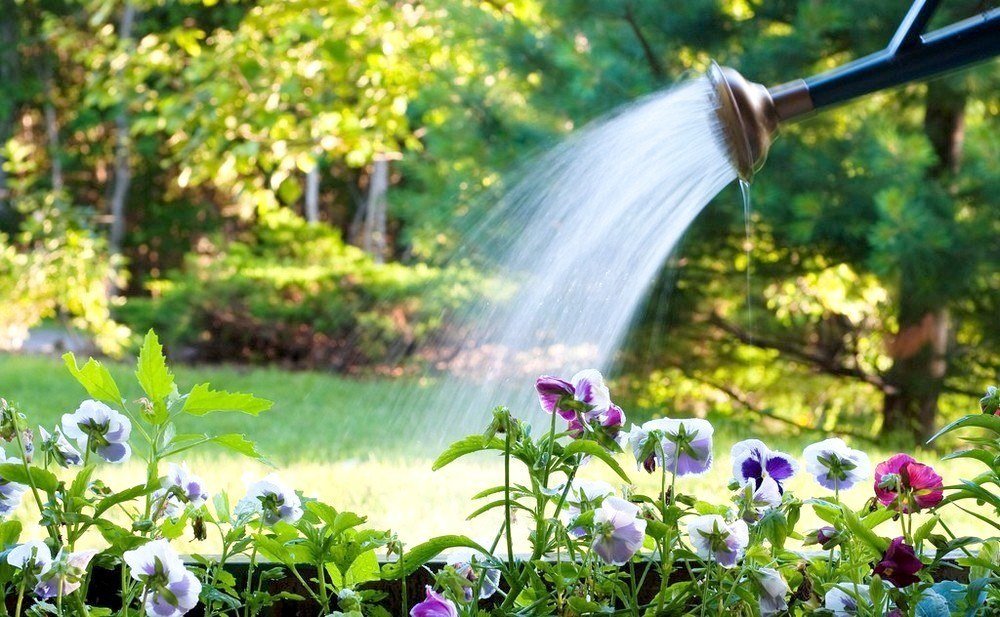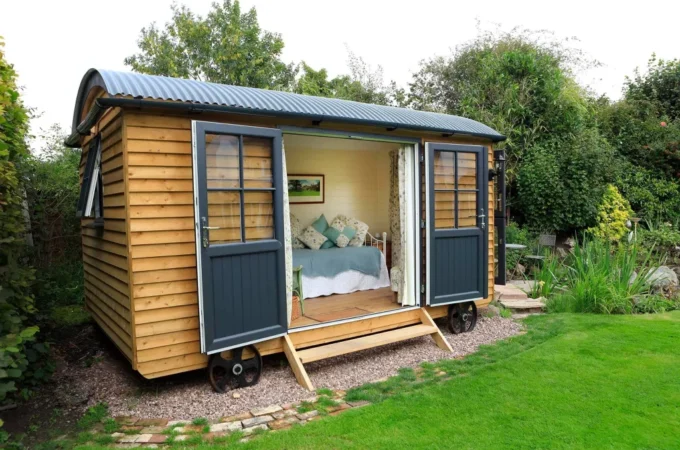
Beat the Heat: 9 Tips For Heat-Proofing Your Garden
When May and June roll around, you may begin to fear for your garden in the face of rising temperatures. Many plants fall victim to the scorching heat and can’t handle the stress, meaning they might die despite the care you pour into them.
But there are many tips and tricks you can follow to protect your plants from the extreme heat and keep them healthy. Here are nine tips for summer-proofing your garden.
Water well
You may have already thought of this first tip. It makes sense: when the heat arrives, your plants may be thirstier than usual. When the weather is exceedingly warm, most plants benefit from some extra water in their pot to help them survive the day’s heat. Be careful not to overwater—once the soil stops absorbing water, stop giving it more.
Opt for fabric pots
Fabric pots like the popular GeoPot are another solution for your hot-to-handle garden. These planters hold moisture that the plants’ roots can slowly draw from as the day passes. When you water plants in plastic or ceramic pots, the excess water that the soil doesn’t absorb runs out of the pot. But the fabric traps the moisture and puts it to use later. Fabric pots can also keep the soil loose and aerated so that your plants don’t suffocate.

Water early
The earlier you water your plants, the better they will fare throughout the day. Try to water the garden when the sun comes up or shortly after. If you water your plants at night, the moisture dries up overnight, and by morning, the heat begins to dehydrate your little green friends. Even if there’s no way you’ll wake up at the crack of dawn, change your routine to water your harvest as early as possible.
Create shade
This entry is another seemingly obvious rule, but some are hesitant to offer plants shade, as you don’t want them to die from lack of sunlight. However, most plants prefer indirect sunlight to direct. It’s okay to move your plants into a shady spot on extra hot days and keep them there throughout the summer.
Choose heat-loving plants
You might think this workaround is cheating, but the best way to have a garden that withstands intense summer heat is to keep plants that thrive in hot weather. Most tropical plants flourish in extreme heat and glaring sunlight, so this curation is a great way to have a garden that will survive the summer. However, it’s a different story when winter rolls around. Many people move their tropical plants indoors during the colder months with no issues.
Insulate with mulch
Mulch can act as an effective insulator to keep the cool air around your plants. When the sun sets and night falls, your plants get a chance to cool off. Packing mulch around plants helps keep them cool for longer into the day once the sun rises. The mulch also helps your plants retain moisture, ensuring they don’t dry out during the day.
Mix heights together
Use your plants to protect one another from the sun. This method works particularly well if you have tall, heat-loving plants that can cover the smaller plants that aren’t huge fans of the scorching sun. You’d be surprised by how much protection you can create just by hiding one plant behind taller ones. Even the shade offered by hovering branches can make a difference in your plants’ health.

Go easy with the fertilizer
You may feel the urge to give your plants more fertilizer as they struggle through the heat, but this compulsion is a common mistake. Mixing fertilizer with a heatwave results in excessive growth in your plants’ leaves and stems. That may sound like good news, but the plants often outgrow what their root system can handle and die due to the lack of hydration.
Don’t stress out your plants
Avoid pruning, transplanting, and most maintenance during a heatwave. These tasks can severely stress your plants. Typically, these actions are just part of being a good plant parent, but when your plants are fighting against the heat, it can be too much for them at once.
Final thoughts
Don’t let your plants suffer in the exhausting heat of the summer. Take these precautions and steps to protect your plants from the elements so that they can remain happy and healthy all through the summer months.




